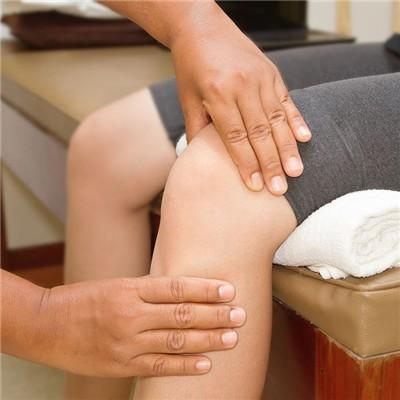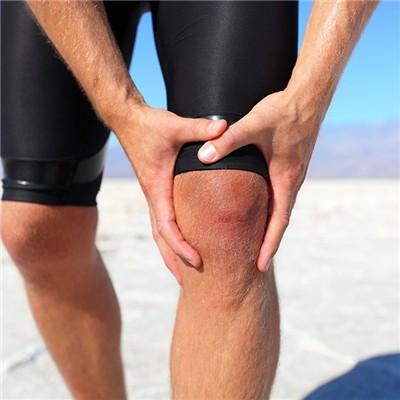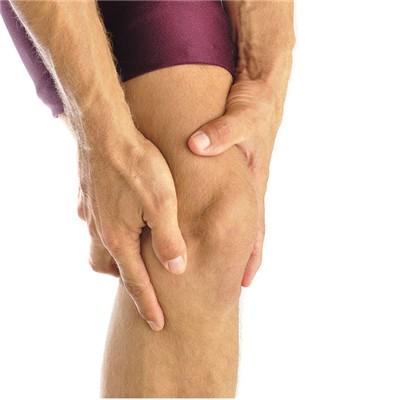What are the rehabilitation training methods for lower limb paraplegia
summary
I had a car accident a few years ago, and I can only stay in bed and do nothing. At the beginning, I felt like a useless person. My family didn't give up and insisted on massage every day. In order to recover, I insisted on training. Now let me talk about the rehabilitation training methods for lower limb paraplegia.
What are the rehabilitation training methods for lower limb paraplegia
First: turn over training. The purpose of this training is to prevent pressure sores caused by long-term pressure on the patient's body. The patient lies on his back, raises his upper limbs, swings left and right several times, and turns over to one side by inertia. Sitting up and sitting balance training sitting up training: the patient lies on his back, with one hand holding the belt tied at the end of the bed, and the other hand supporting the bed, lifting the upper body. Support your body and sit up.

Second: sitting balance training: patients sit and lie, legs straight, hands slowly up to maintain body balance. Gradually increase the number of lifting hands, extend the lifting time. Support and decompression and bed movement training, support training: the patient sit down, legs straight. Use your arms to lift your body up so that your hips are clear of the bed.

Third: decompression training: brake the wheelchair and support the armrest with both hands. Use your arms to lift your body up so that your hips are clear of the bed. Encourage to do it every half an hour to prevent pressure sores. Forward movement training: the patient puts his hands behind him to support the bed. Move your hips away from the bed. Lateral movement training: the patient's hands are placed on both sides of the body to support the bed surface. The hips leave the bed and face left or right.

matters needing attention
In fact, for patients with lower limb paraplegia, the biggest obstacle is not lying in bed, but that they do not have the confidence to carry out rehabilitation training. Many patients do not stick to it, but can only lie in bed all day long, so only by overcoming the biggest demons can they succeed.









